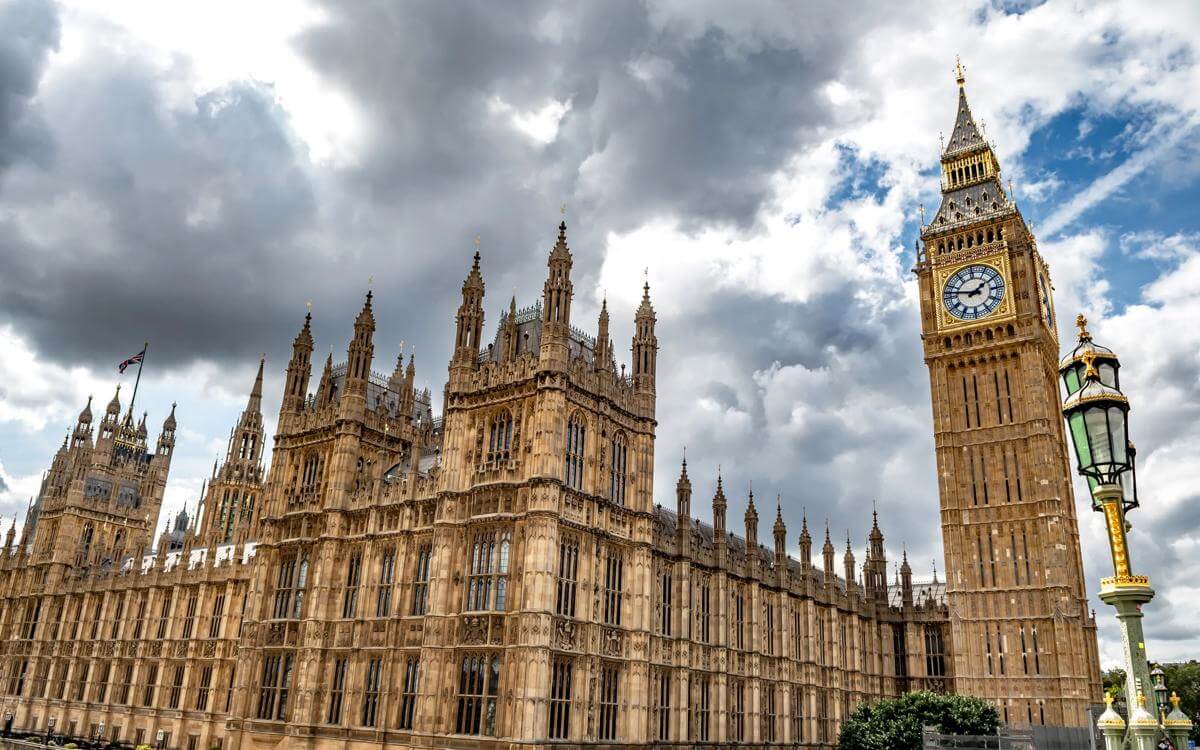In December 2023 the Department for Business and Trade, with relatively little fanfare, updated the statutory guidance (Guidance) which accompanies the Subsidy Control Act 2022 (SCA 2022).
One of the most notable changes, and which will likely assist many local authorities giving out smaller subsidies, is the introduction of a new Annex 2 to the Guidance which gives additional guidance on the award of 'small subsidies'.
What is a small subsidy?
The Guidance sets out that a small subsidy is generally one which is less than £1m in value, and a small subsidy scheme is one where each individual beneficiary receives less than £1m in total.
What happens if you are giving a 'small subsidy'?
In general the requirements for giving a small subsidy remain the same as giving any other subsidies under the SCA 2022 – where no exemption applies, the public authority must carry out an analysis of the subsidy against the subsidy principles in order to ensure that it can be granted compliantly with the Act. The usual rules in relation to transparency will also apply.
The new guidance in Annex 2 is particularly helpful in setting out how public authorities should tackle the assessment against the subsidy control principles. However, public authorities should be aware that not all ‘small’ subsidies are low risk (for example, some may be given into sensitive sectors or engage the qualified prohibitions (for example in relation to rescue and restructuring) and the approach set out within Annex 2 would not be appropriate for these.
The Annex explains that the same four step framework should be used when conducting a principles assessment for any other subsidy, namely:
- Step 1: Identify the policy objective, ensure it addresses a market failure or equity concern and determine whether subsidy is the right tool to use (principles A, E)
- Step 2: Ensure the subsidy is designed to create the right incentives for the beneficiary and bring about a change (principles C, D)
- Step 3: Consider the distortive impacts that the subsidy may have and keep them as low as possible (principles B, F)
- Step 4: Carry out a balancing exercise (weighing the likely harms of the subsidy against its expected benefits) (principle G).
The Annex provides a useful guide for those new to carrying out a principles assessment and is specifically designed for those making smaller subsidies. As well as explaining each step in the process of carrying out the analysis, guidance is provided as to how the step might be approached. Public authorities are likely to find the case study example useful, as it provides some indication of the level of detail likely to be required for each step of the analysis.
Comment
Although public authorities have always been directed to carry out an assessment of the subsidy control principles in a manner which is “proportionate to the potential harm of the subsidy or scheme in question”, the available Guidance on subsidy control has, in the past, not specifically addressed how the principles should be approached for smaller low risk subsidies and so many public authorities are likely to find the updated Guidance and, in particular, Annex 2 helpful.
The new Annex provides a useful case study and gives a guide to the level of detail required for such subsidies. However, many authorities are still likely to find it a challenge to carry out an assessment of the subsidy principles, particularly because at the lower level of intervention, subsidy control tends to be considered at a later stage of the process once a project is fully developed. This means that the process of carrying out an analysis of the subsidy principles can be somewhat akin to a process of retrofitting an intervention to the principles.
The work involved in carrying out such an assessment (even taking into account the new Annex) can be burdensome and is often made more complex by other considerations (for example, the geographical and time restrictions within which money can be spent that are attached to some funding streams).
Whilst these issues may not prevent authorities from making subsidies, they can make the process more complex and burdensome even in the case of interventions which are low risk and low value. The updated Guidance is likely to help in some respects, but in practice, many consider that a wider range of streamlined routes focussed on interventions regularly made by public authorities is likely to make a more significant difference to ensure that the granting of small subsidies is managed in an efficient way.
Key contact

Karl Edwards
Senior Associate
karl.edwards@brownejacobson.com
+44 (0)3300452997









































